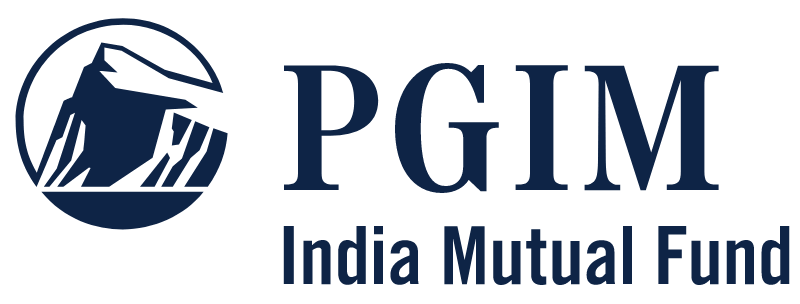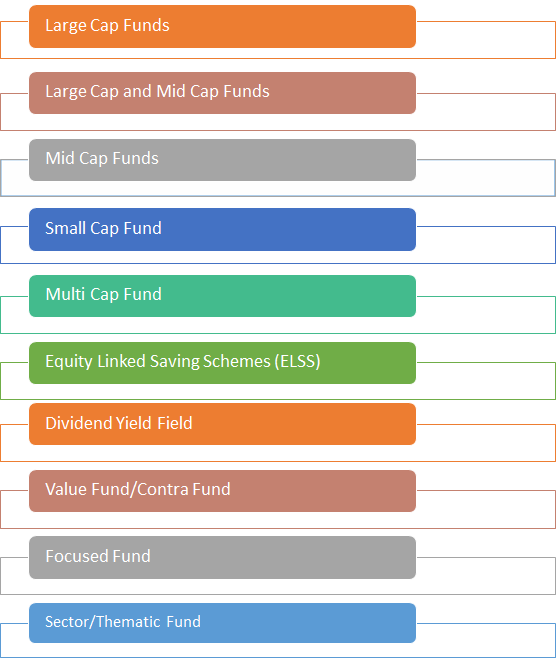
Table of Contents
A Simple Guide to Mutual Fund Risk: Sharpe, Sortino, Alpha, Beta, and More Ratios
Imagine you're a captain steering a ship across a vast, unpredictable ocean. You know the destination—wealth accumulation over the long term—but the waters are choppy, and the waves of risk constantly threaten to sway your journey. To ensure your ship stays on course and reaches the shore safely, you rely on tools like the compass, the wind speed meter, and the radar to guide you through the rough seas.

In the world of Investing, these tools are like the financial metrics used to analyze Mutual Funds. Just as the captain uses instruments to gauge the conditions of the sea, investors use ratios to assess the risks and returns associated with their mutual funds.
But not all metrics are the same. While some ratios measure overall risk, others assess the risk of losing money or the Volatility compared to the Market. Some might even give you a sense of how well your investment is performing, regardless of the market's unpredictability. These tools can make navigating the financial market a lot less daunting, even when things get turbulent.
In this article, we'll explore some of the most important investment ratios, like the Sharpe Ratio, Sortino Ratio, Alpha, Beta, Treynor ratio, Information ratio, Maximum Drawdown and Standard Deviation. These metrics help investors like you chart a course through the complex world of mutual funds. Whether you're a seasoned sailor or just beginning your voyage, understanding these ratios will give you the clarity you need to make smarter, more informed investment decisions.
What is the Sharpe Ratio?
The Sharpe ratio is a measure of how well an investment has performed compared to a risk-free asset, such as government Bonds, relative to the risk (volatility) involved.
Formula: Sharpe Ratio = (Return of the Portfolio - Risk-Free Rate) / Standard Deviation of the Portfolio
In simple terms, the Sharpe ratio helps you understand whether the return you’re earning on your investment is worth the risk you’re taking.
Example:
- Suppose a mutual fund delivers an annual return of 12%, while the risk-free return (like a government bond) is 4%.
- The mutual fund's standard deviation (risk) is 10%.
- Now, the Sharpe ratio would be: Sharpe Ratio = (12% - 4%) / 10% = 0.8
This means the fund’s return of 0.8 for every unit of risk is considered acceptable. The higher the Sharpe ratio, the better the risk-adjusted return.
Talk to our investment specialist
What is the Sortino Ratio?
The Sortino ratio is similar to the Sharpe ratio, but it focuses on the downside risk (the risk of negative returns) rather than total volatility. This makes it a more accurate measure for funds with irregular, large drawdowns (losses).
Formula: Sortino Ratio = (Return of the Portfolio - Minimum Acceptable Return) / Downside Deviation
Example:
- Let’s say the same mutual fund has a return of 12% and the minimum acceptable return (MAR) is 5%.
- The downside deviation (which only measures negative volatility) is 8%.
- Now, the Sortino ratio would be: Sortino Ratio = (12% - 5%) / 8% = 0.875
In this case, the fund has a higher Sortino ratio than the Sharpe ratio, suggesting that its positive returns are high in relation to downside risk, which could be more appealing to some investors.
What is Alpha?
Alpha measures the performance of a mutual fund relative to a benchmark index. It indicates whether the fund is outperforming or underperforming the market. A positive alpha means the fund has outperformed the benchmark, while a negative alpha means it has underperformed.
Formula: Alpha = Actual Return of the Portfolio - Expected Return (based on benchmark performance)
Example:
If a mutual fund has an actual return of 14%, and its benchmark (such as the Nifty 50) has returned 10%, the alpha is:
- Alpha = 14% - 10% = 4%
- This means the fund outperformed the benchmark by 4%.
What is Beta?
Beta measures the sensitivity of a mutual fund's returns to the broader market’s returns. It indicates how volatile a fund is in comparison to the market. A beta of 1 means the fund's volatility matches the market, a beta greater than 1 means higher volatility, and less than 1 means lower volatility.
Formula: Beta = Covariance of the fund's returns with the market's returns / Variance of the market's returns
Example:
- A mutual fund with a beta of 1.2 means that for every 1% change in the market’s returns, the fund’s returns are expected to change by 1.2%.
- If the market goes up by 10%, the fund is expected to rise by 12%.
What is the Treynor Ratio?
The Treynor ratio is similar to the Sharpe ratio but focuses on systematic risk (market risk) rather than total risk. It measures the return earned for each unit of market risk.
Formula: Treynor Ratio = (Return of the Portfolio - Risk-Free Rate) / Beta of the Portfolio
Example:
- If a mutual fund has a return of 20%, a risk-free rate of 5%, and a beta of 1.5: Treynor Ratio = (20% - 5%) / 1.5 = 10%
- This means the fund earns a 10% return for each unit of market risk it takes on.
What is the Information Ratio?
The Information ratio measures a fund's ability to generate excess returns (alpha) relative to the risk of deviating from a benchmark. It is useful for assessing funds that aim to outperform a benchmark index.
Formula: Information Ratio = (Return of the Portfolio - Return of the Benchmark) / Tracking Error
Example:
- If a mutual fund outperforms its benchmark by 3%, and the tracking error (the standard deviation of the difference between the fund's returns and the benchmark) is 2%:
- Information Ratio = 3% / 2% = 1.5
This means the fund outperforms the benchmark by 1.5 units of risk for each unit of excess return.
What is the Maximum Drawdown?
Maximum Drawdown measures the largest single drop in the value of a mutual fund from its peak to its lowest point during a specific period. It indicates the fund’s worst-case loss scenario.
Formula: Maximum Drawdown = (Peak Value - Lowest Value) / Peak Value
Example:
If a mutual fund's value rose to ₹1,000, and then fell to ₹700 before recovering:
- Maximum Drawdown = (1,000 - 700) / 1,000 = 30%
- This means the fund experienced a 30% loss from its peak value.
What is Standard Deviation?
Standard Deviation is a measure of the volatility or risk of a mutual fund. It indicates how much the returns of the fund vary from its Average Return. A higher standard deviation means more volatility and risk.
Formula: Standard Deviation = √(Σ(Return - Mean Return)² / N)
Example:
- If the average return of a mutual fund over a period is 10%, and the actual returns vary between 8% and 12%, the standard deviation will tell you how much the returns differ from that 10% average.
- A higher standard deviation means the returns are more spread out, indicating higher volatility.
Conclusion
Investment ratios such as Alpha, Beta, Sharpe Ratio, Sortino Ratio, etc. provide valuable insights into a mutual fund’s performance, helping you navigate the complexities of risk and return. By understanding these metrics, you can make more informed investment decisions, choosing funds that align with your Financial goals and risk tolerance. Whether you’re looking for a fund that consistently outperforms the market or one that balances risk and reward, these ratios offer the tools to analyze and select the best mutual funds for your portfolio.
All efforts have been made to ensure the information provided here is accurate. However, no guarantees are made regarding correctness of data. Please verify with scheme information document before making any investment.










